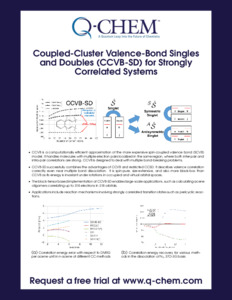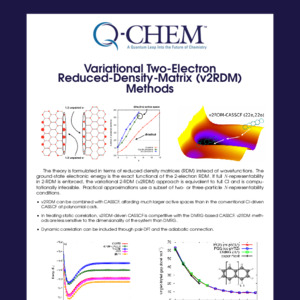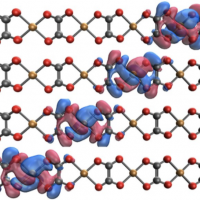Coupled-Cluster Valence-Bond Singles and Doubles (CCVB-SD) for Strongly Correlated Systems
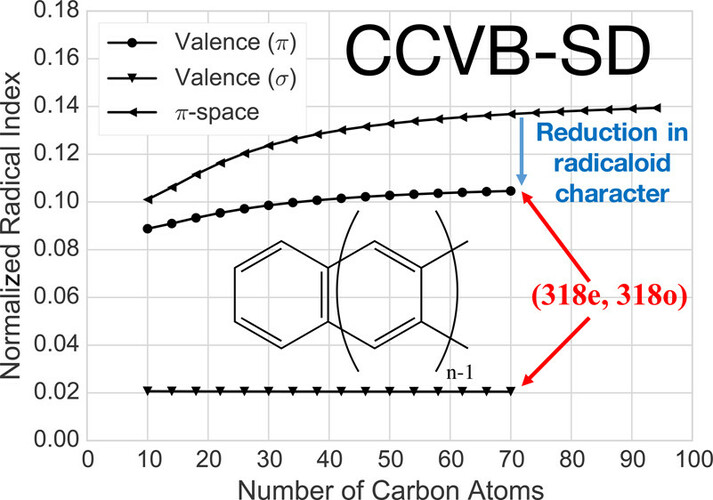
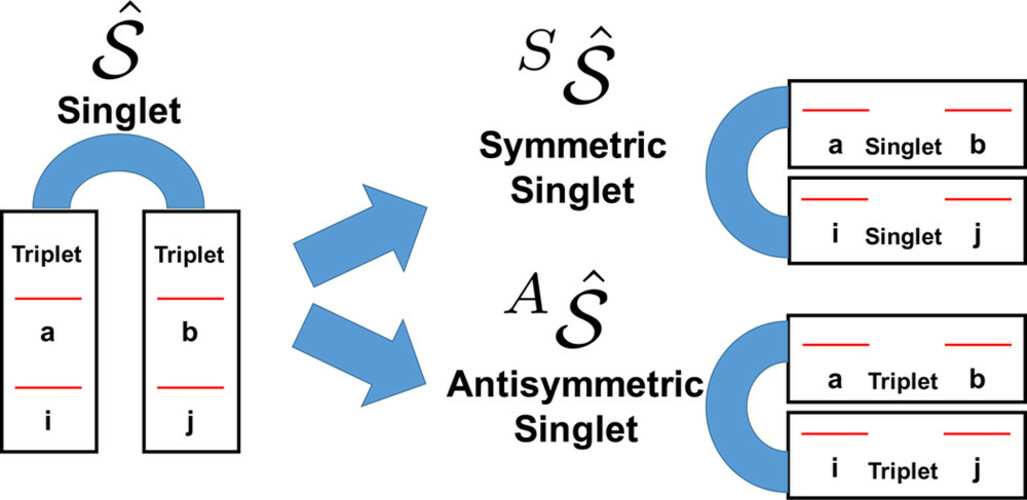
-
CCVB is a computationally efficient approximation of the more expensive spin-coupled valence bond (SCVB) model. It handles molecules with multiple electron pairs localized in the same region, where both inter-pair and intra-pair correlations are strong. CCVB is designed to deal with multiple bond-breaking problems.
-
CCVB-SD successfully combines the advantages of CCVB and restricted CCSD. It describes valence correlation correctly even near multiple bond dissociation. It is spin-pure, size-extensive, and also more black-box than CCVB as its energy is invariant under rotations in occupied and virtual orbital spaces.
-
The block-tensor based implementation of CCVB-SD enables large-scale applications, such as calculating acene oligomers correlating up to 318 electrons in 318 orbitals.
-
Applications include reaction mechanisms involving strongly correlated transition states such as pericyclic reactions.
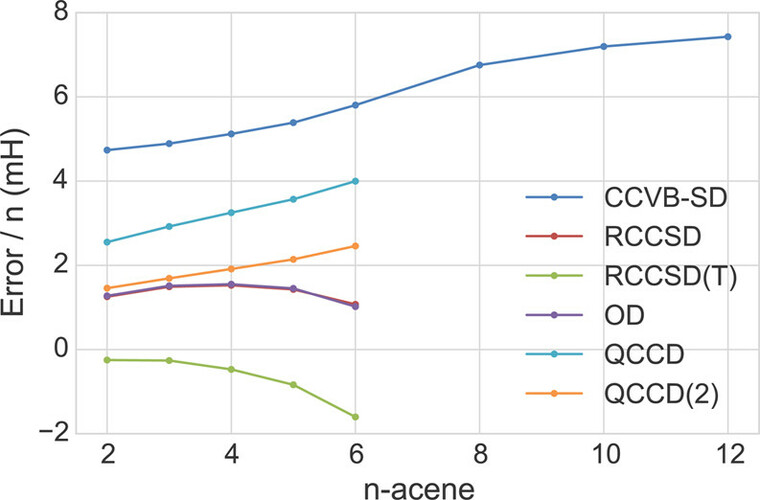 Correlation energy error with respect to DMRG per acene unit in n-acene of different CC methods
Correlation energy error with respect to DMRG per acene unit in n-acene of different CC methods
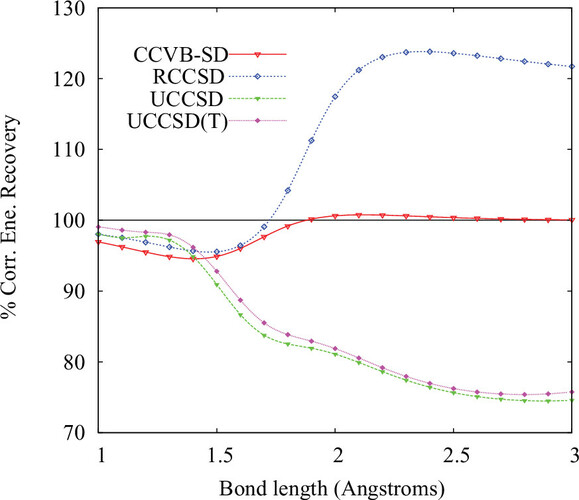 Correlation-energy recovery for various methods in the dissociation of N\(_2\), STO-3G basis
Correlation-energy recovery for various methods in the dissociation of N\(_2\), STO-3G basis
Want to try Q-Chem?
